Overview
When it comes to adolescent health, adults—including parents, clinicians, and teachers—often focus on how to prevent teens from taking risks. But a recent report from the Board on Children, Youth, and Families at the National Academies of Sciences, Engineering, and Medicine found that healthy risk taking is a normal and necessary part of growing up and becoming independent.
Optimal health is a balance achieved through lifelong trial and error, and taking risks is an important component of that. Rather than discouraging all risk taking, adults who live or work with adolescents should listen to them and openly discuss how to navigate the risks they face.
Living my best life would include being physically, mentally, and emotionally fit and striving every day to reach a sense of stability.
– 17-year-old male 1

DEFINITIONS
- Optimal Health:
- A dynamic balance of physical, emotional, social, spiritual, and intellectual health despite challenges and ever-changing circumstances.
- Healthy Risks:
- Test their problem-solving and decision-making skills
- Develop realistic perceptions of themselves, others, and the world
- Explore and become more independent
- Challenge the values they were taught and develop their own identity
- Unhealthy Risks:
- Actions where the negative consequences outweigh potential gains and may delay or harm development
Actions that enable adolescents to:
Why Teenagers Should Take Risks
Listen with an open mind
Just like adults, adolescents are experts in their own experiences. We asked more than 1,000 adolescents what it means for them to be healthy and thrive.
See what they had to say:
Acknowledge that health is more than just being physically healthy
Binge drinking, smoking, and unsafe sex. These often come to mind when people think of adolescent health risks. But health isn't just about how you treat your body. Optimal health is achieved through a dynamic balance of five elements—physical, emotional, social, intellectual, and spiritual—and adults need to provide adolescents with support in each. Explore the elements, their influences, and examples of their associated risks below.
The Five Elements of Optimal Health
Click on an element below to learn more.

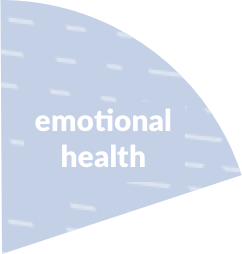
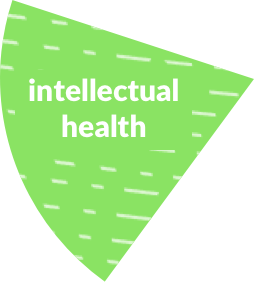
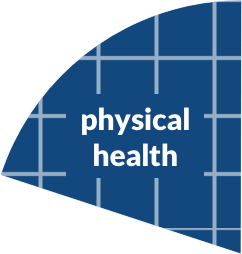
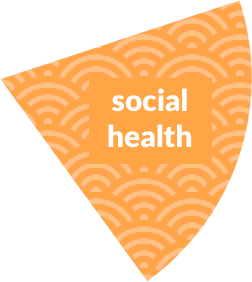
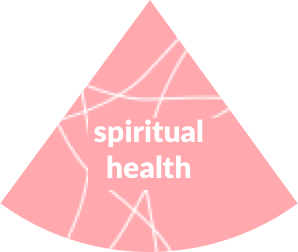
Teach the skills needed to approach risks in a healthy way
Adolescents need certain social and emotional skills to differentiate between the healthy and unhealthy risks.
Learning these skills is a process—we need to teach them early and often. Once adolescents have a sense of these foundational skills, they will be better equipped when faced with risky situations such as the offer of a ride from someone who has been drinking, negotiating condom use, or giving and receiving consent.
Skills Needed to Achieve Optimal Health
Click on a skill below to learn more.
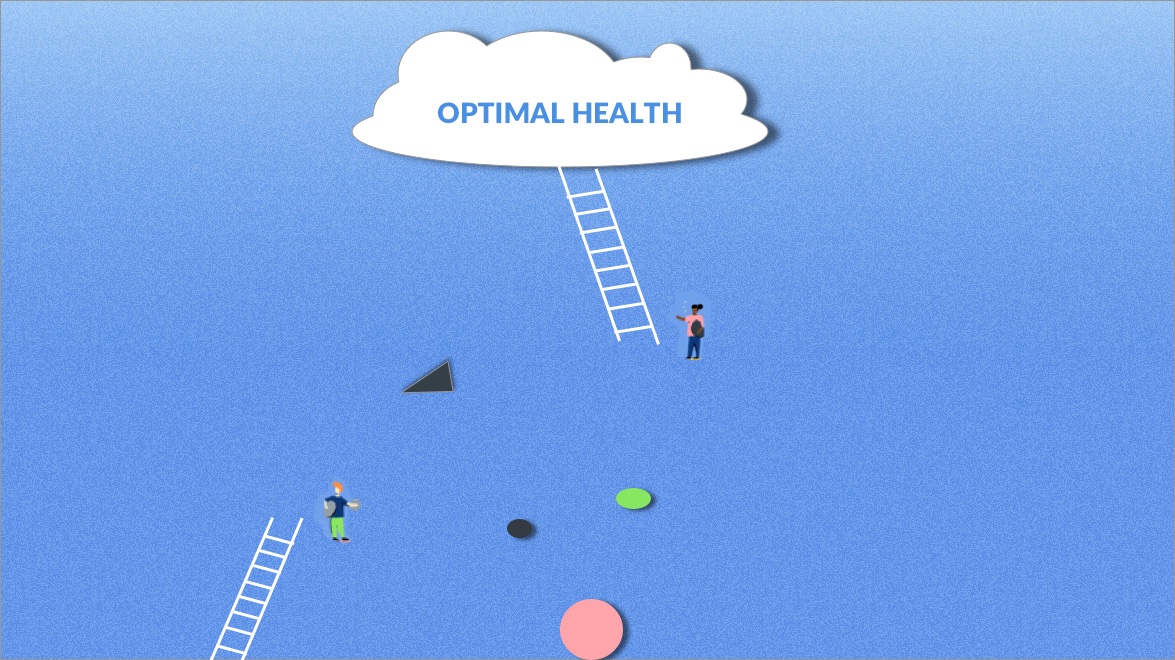
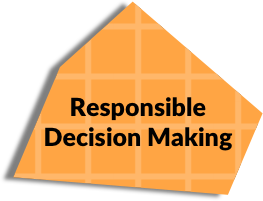
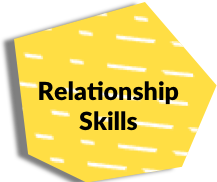
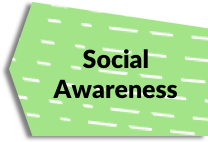
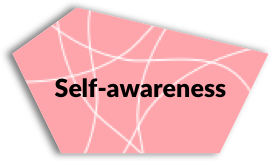

Social Health is…forming and maintaining nurturing, productive relationships
As adolescents seek new experiences and pursue new interests, their social networks grow. These networks include family, friends, romantic partners, and virtual communities.
Examples of Influences on Health and Risk Taking:
Families:
Adolescents’ first social group is usually their family. During adolescence, parental relationships tend to shift from being unidirectional (i.e., parent to child) to a more bidirectional exchange, characterized by discussion and negotiation of attitudes, beliefs, and practices.
Peers:
Adolescents often learn about social norms through peers. Supportive peer relationships can be protective against unhealthy risk taking, but social isolation, peer rejection, and bullying are associated with increases in unhealthy risk taking.
Schools:
Adolescents spend most of their day in school, where they learn to relate with others and form relationships with adult role models. A student’s perception of teacher fairness and attention is a key factor in their academic motivation and engagement.
Media:
Adolescents’ use of social media has changed how they relate to one another, increased the amount of time they stay connected, and redefined the meaning of friendship. Social media can have both positive and negative effects. It can not only open doors to supportive online communities, but also normalize unhealthy risk behaviors, such as drug use.